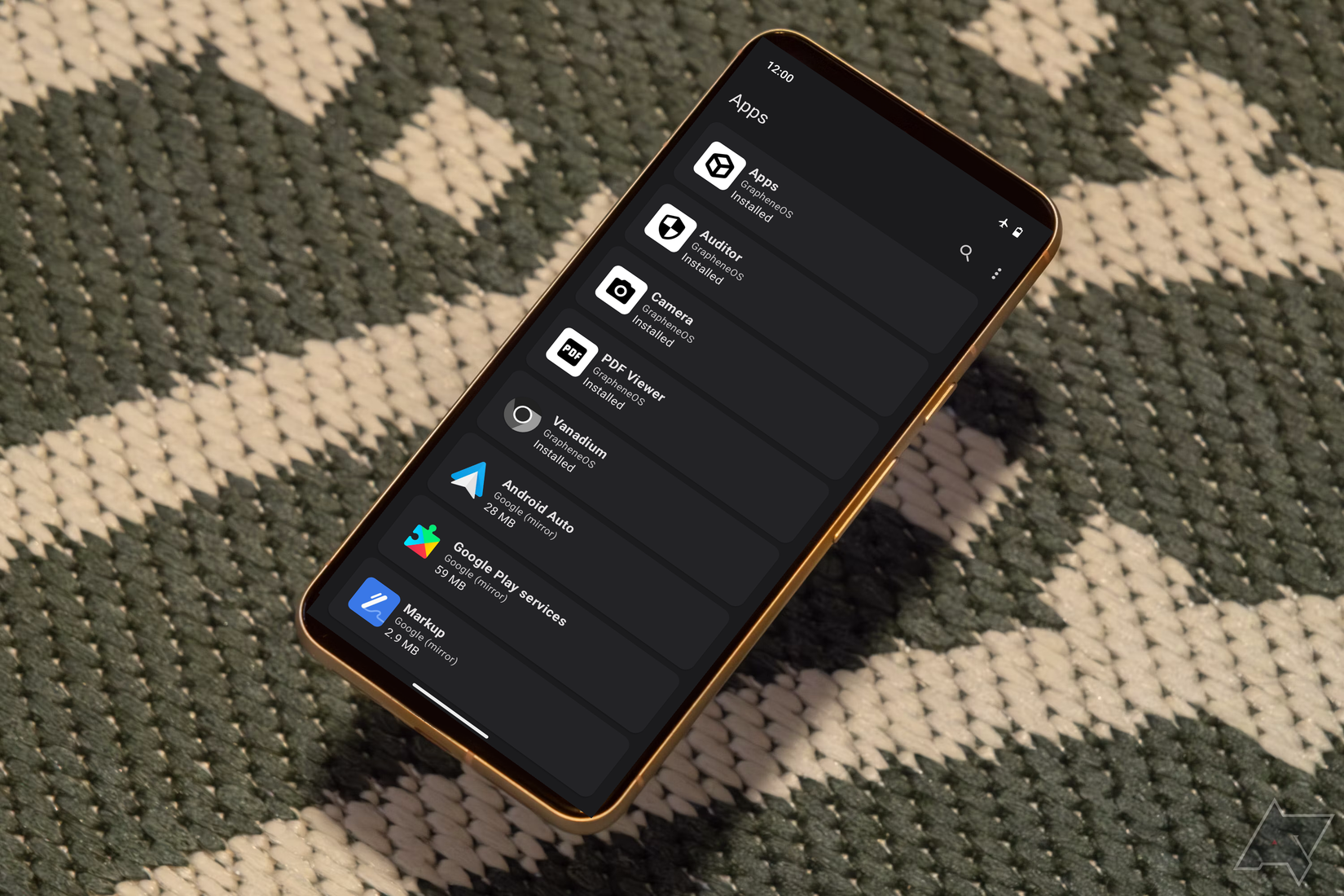I’ve been curious about GrapheneOS for years.
As a OnePlus user, I’ve seen Pixel owners enjoy the best privacy-focused Android experience out there.
Meanwhile, the rest of us were left to make do with half-measures: firewalls, VPNs, and privacy toggles that never quite added up to the same level of control.
So, when GrapheneOS announced it would support a Snapdragon-powered phone from a major Android OEM, I felt a spark of excitement.
It’s not just about getting another ROM option; it’s about a philosophy of security and transparency finally becoming more accessible.
If it delivers on its promise, this could mark the beginning of a new era where privacy isn’t a Pixel-exclusive luxury, but a real choice for the rest of us, too.
What makes GrapheneOS different?
It isn’t just another custom ROM
GrapheneOS has always stood apart from other Android ROMs because it rebuilds the foundation of privacy.
While most custom ROMs focus on customization or aesthetics, GrapheneOS starts from the kernel up, hardening security without compromising usability.
As someone who has flirted with privacy tools for years by switching browsers, toggling permissions, and running ad-blockers, I’ve learned that most solutions are bandages on a system never designed to protect you by default.
With GrapheneOS, you don’t need to trust a random app to guard your data, since the OS itself helps minimize risk.
Which phone will support GrapheneOS?
The mystery Snapdragon phone everyone’s guessing about
In a Reddit thread on the r/GrapheneOS subreddit, the project’s team confirmed they are working with a major Android OEM on Snapdragon-powered devices.
The shift from Google’s in-house Tensor chipsets to Qualcomm Snapdragon is significant. It means GrapheneOS is assessing and approving the hardware trust model for those processors, making hardware more accessible and less dependent on one manufacturer’s chip design.
So which device could it be? My money is on a flagship from a brand that already meets two key criteria: unlockable bootloader and good firmware update support. Brands such as OnePlus and Sony are mentioned frequently in discussions.
For me, as a OnePlus user, this potential next step is thrilling. It suggests I might get the GrapheneOS experience without having to buy a completely new ecosystem.
A Snapdragon-based device makes support more realistic, and for GrapheneOS to commit to an OEM beyond Google means the ecosystem might finally open up.
Why GrapheneOS has always felt out of reach
The Pixel problem
I get why the Pixel was the only supported device. Google’s phones are known for consistent firmware and security updates, making them a safe playground for GrapheneOS to build on.
However, it also made the project feel ironic. To get the most private Android experience, you had to buy hardware from the same company you were trying to avoid.
That’s what kept me, and probably others, on the sidelines. I wasn’t about to abandon my daily driver to flash an experimental OS, no matter how impressive it sounded.
The exclusivity made GrapheneOS feel like a niche tool for enthusiasts with a spare Pixel lying around, rather than something accessible to the average privacy-conscious user.
Why expansion beyond Pixel matters
It could change everything for privacy
GrapheneOS is currently only supported on Google Pixel phones. In many regions, the Pixel line is somewhat hard to find, and most non-enthusiast users opt for brands with broader global availability and overarching distribution networks.
By moving beyond Pixel exclusivity, GrapheneOS signals that its privacy-first platform could be for everyday Android users, anywhere in the world.
Another problem was that Pixels use Google’s Tensor chips, which GrapheneOS noted were part of why support was limited. A Snapdragon-based flagship means the hardware barrier is finally shifting.
For people who’ve invested years in ecosystems like OnePlus or Samsung, this expansion could finally make privacy practical again. I don’t have to give up great hardware or familiar software features. I can gain a more trustworthy operating system underneath it all.
By decoupling its vision from Google’s hardware, GrapheneOS opens the door for a more inclusive and decentralized approach to secure Android, something that’s long overdue.
What I hope to see next with GrapheneOS
The next big move
I’m realistic enough to know that bringing GrapheneOS to new phones won’t happen overnight. Different chipsets and bootloader quirks make this a massive undertaking. Even if the initial rollout involves only one or two devices, it could create a ripple effect.
I would love to see GrapheneOS become the gold standard for Android security, just as LineageOS became a symbol of customization and longevity. We could even see manufacturers take notes, incorporating some of the GrapheneOS features directly into stock Android.
And as someone who’s never used a Pixel, I can’t wait to finally experience the system that so many privacy advocates swear by.
I’m excited for the next phone with GrapheneOS
I’ve watched from the sidelines as Pixel owners got access to the best privacy-first Android setup. If an OEM follows through and brings GrapheneOS to a mainstream flagship, we could witness a turning point.
For me, that means I’m genuinely excited about what comes next. And if you’ve ever felt uneasy about how much your phone knows, and how little you can do about it, you should be excited too.






